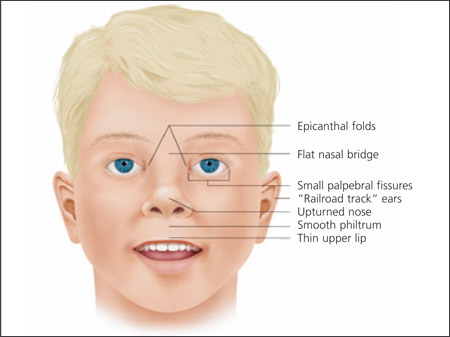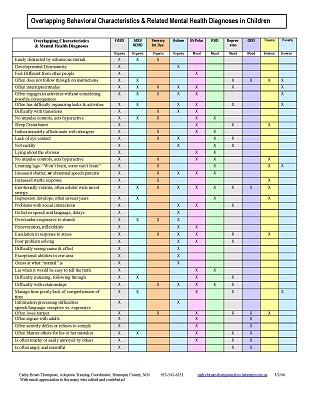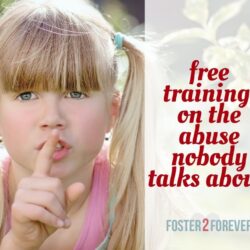My nine-year-old daughter, GB, is diagnosed with Bipolar Disorder, Autism, and Fetal Alcohol Spectrum Disorder (FASD). The Bipolar is well controlled with medication. I honestly am not sure about Autism… Autism and FASD have a lot of similarities. I am sure of the FASD. So far, FASD seems to have the most challenges.
What is FASD?
FASD is described as a number of different physical, neurological and mental birth defects caused by a woman’s consumption of alcohol during pregnancy.
First Signs of FASD
GB’s birth was far from ideal. Although her birth weight was good, the birth was difficult. Her APGAR scores were 6/6 and she was transferred to a NICU about an hour from me. Her breathing improved, but she had a very weak suck. They put a clean white diaper under her chin and after every feeding, weighed the diaper to determine how much formula she had actually consumed. Weak suck is one of the first signs of FASD.
When she was released, she went home to two mentally ill parents and was severely neglected for almost six months. When her parents abandoned her, my husband and I took over. GB never smiled. She couldn’t hold her bottle, and formula still leaked out the sides of her mouth. She never cooed, she never babbled. She was silent or screeching. She made no eye contact, except with me. She was up four or five times a night, every night. Children with FASD are at high risk for attachment problems.
GB started receiving Early Childhood Intervention Services when she was seven months old. She received Occupational Therapy, Speech Therapy, and Special Education Services, for a total of 7 services a week. After a few months, the ECI people met with me. They wanted me to know that GB was unable to generalize and had fixations. Examples they used were once they taught GB to “pretend” a red rectangular block was a phone, she then could not use any red rectangular blocks as anything but a phone. She would also not use any other kind of block as a phone. When they taught her how to build a tower of ABC blocks, she could not build one using colored cubes. They suggested I visit a neurologist.
Physical Features of FASD
GB was diagnosed with FASD before her first birthday. She had the Fetal Alcohol features. Small eyes, smooth philtrum, and a thin upper lip. Over all, GB’s facial features were more pronounced than 97% of children diagnosed with FASD.
Sensory Issues of FASD
GB had many fetishes each of which lasted a long time. A bubble wand, a specific pencil, sunglasses, cutting up white paper into little scraps. Any interference in these activities resulted in a melt down. GB couldn’t deal with loud noise, cold weather, or large groups of people. Years of therapy have made this better. Sensory struggles are also common in children with FASD.
As a child gets older, FASD can mimic many other disorders.
It is critical that the right help is found for the child as early as possible.
Although GB still struggles, I can’t imagine where she would be today if she hadn’t received so much early intervention.
GBsMom is 55 years old and working on a PhD in Educational Psychology. She has been an adoptive and foster mother for over 30 years. Most of her kids have been some combination of Bipolar, FASD, RAD, ADHD. She has been married for 35 years and is raising her second family, GB, 9, and Hope, 6. She blogs about her life at Adopting Special Needs.






